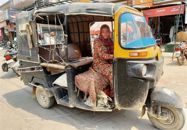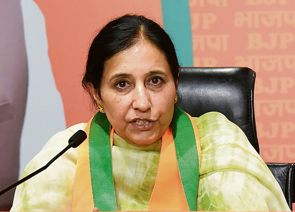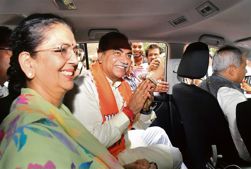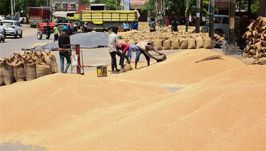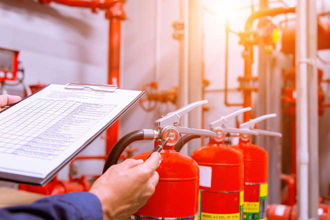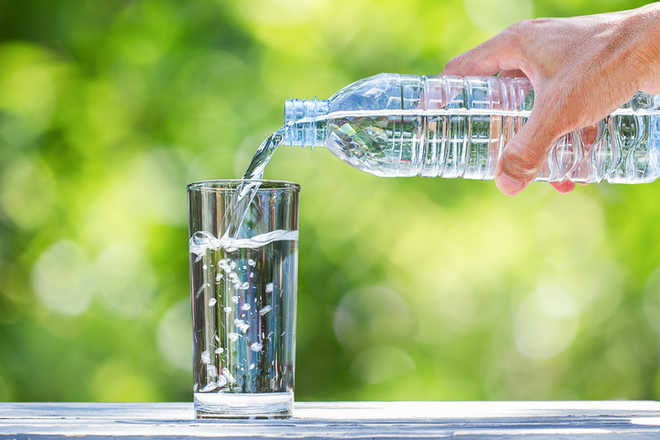
Sudhirendar Sharma
NO sooner had I made my selection from a severely restricted vegetarian menu than the waiter at a restaurant in Kensington, London, surprised me by asking, ‘still or sparkle’? It took me a few seconds to fathom that the query was related to my choice of ‘ordinary’ or ‘carbonated’ water. The choice for water was a cultural shock, making me wonder why the British hadn’t learnt from those whom they ruled for no less than two centuries that serving water to guests is a bare minimum courtesy!
The Swiss are different from the Brits. At a Lucerne restaurant, the waiter took me by surprise when I asked for water. ‘Big or a small glass?’ I was almost about to shower my appreciation for the Swiss ingenuity for saving water by determining the thirst upfront, when he gave me a rude shock by explaining that one euro separated the small from a big tumbler of water.
Far from making the West learn ‘hydro-courtesy’, the reverse is becoming more of an exception with us. Walk into any restaurant and be summarily quizzed, ‘tap or bottled?’ Unless one is in a glitzy hotel where a much expensive water menu is on offer — Rs 50 to Rs 150 or more per bottle — seeking customer preference has become a norm across all kinds of restaurants and even roadside dhabas. And no one seems to be complaining!
Market economy that thrives on rapid turnover of product diversity has had its impact on consumers’ choice for water too. Asking for drinking water is passé for its suspect quality, but branded variants of packaged water with varied degrees of dubious quality assurances have been universally accepted. From ordinary to premium, spring to glacial, aerated to flavoured, drinking water has built its own range of products, wherein the brand draws more value than its contents.
Like the ambidextrous master- archer Arjuna, who was known by several names, water, too, has attained an evolving nomenclature — drinking water, bottled water, aerated water, river water, irrigation water, flood water, grey water, brown water, green water, seawater, revenue water and trans-boundary water. Each variant has its distinct origin with associated physical features. Does each variant not create a distinct liquid relation based on its fast-changing biological and physical attributes?
Of all the types of water on offer, it is only the ‘blue’ which seems to be missing from the list. Rightfully so, because ‘blue’ has long ceased to be the true colour of water, and it survives more on computer screens than as earthly reality! Need it be said that the elixir of life is facing a crisis of identity. Each new identity degenerates its cosmic existence, hinting at the severity of the impending crises. No surprise, therefore, that even the Mahakal Temple in Ujjain is now asking devotees to offer treated water to the deity.
The world seems to have come full circle on its hydrological cycle. What is found in nature, whether flowing or impounded, is anything but ‘sick water’.






